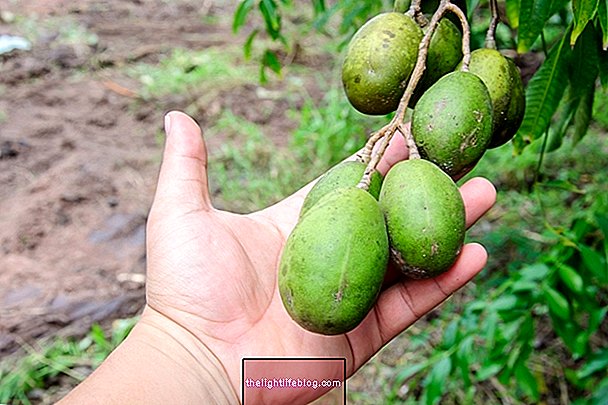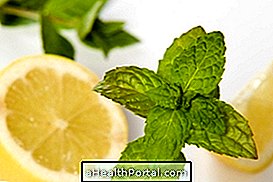Bulgur, also called wheat, is a whole grain similar to quinoa and brown rice, rich in B vitamins, fibers, proteins and minerals, and is therefore considered a very nutritious food. Due to its composition, bulgur helps to improve the functioning of the intestine, stimulates the immune system and increases energy production, and can be consumed in salads, for example.
This grain has high nutritional value and is easy to prepare and can be used as a source of carbohydrate and fiber in various vegan dishes, for example.Despite being a very rich food, the consumption of bulgur should not be made by people who have allergies or intolerance to gluten, since it is a grain made from wheat, and by people who have gastrointestinal diseases, such as the Syndrome Irritable Bowel, for example, due to the large amount of insoluble fibers.

Benefits of bulgur
The bulgur has a low amount of fat and large amounts of fibers, proteins and minerals, such as phosphorus, magnesium, potassium, iron and zinc, being considered a very nutritious food. The main health benefits of Bulgur are:
- Improvement in the functioning of the intestine, since it is rich in fibers;
- It favors muscle performance and muscle recovery after physical activity, for example, due to the presence of potassium and magnesium;
- Because it has iron and zinc, it stimulates the functioning of the immune system;
- It increases energy production, as it is rich in B vitamins, in addition to maintaining the health of the skin and nervous system. Know the benefits and where to find the B vitamins;
- Strengthens bones, as it has good amounts of magnesium;
- Prevents cardiovascular problems, as it has anti-inflammatory and antioxidant properties, preventing possible inflammation of the veins and arteries, in addition to having no fats.
Due to its large amount of fibers and minerals, bulgur, in addition to improving the functioning of the intestine, is able to decrease the risk of colorectal cancer, for example. In addition, because it has folic acid in its composition, it is a good food option for pregnant women, since this vitamin is essential for the correct development of the baby's nervous system. Learn more about folic acid in pregnancy.
Bulgur nutritional table
The information in the following table refers to 100 grams of bulgur:
How to make
The preparation of bulgur is the same as that of quinoa or that of Moroccan cuscus, for example, and lasts about 5 to 20 minutes depending on the type of bulgur used. To make the bulgur just put 1 cup of bulgur to 2 cups of boiling water and leave on the fire until the grain is soft.
When soft, bulgur can already be consumed, being a very nutritious and healthy alternative to pasta, for example, and can be used as an accompaniment or to make salads.
Was this information helpful?
Yes No
Your opinion is important! Write here how we can improve our text:
Any questions? Click here to be answered.
Email in which you want to receive a reply:
Check the confirmation email we sent you.
Your name:
Reason for visit:
--- Choose your reason --- DiseaseLive betterHelp another personGain knowledge
Are you a health professional?
NoMedicalPharmaceuticalsNurseNutritionistBiomedicalPhysiotherapistBeauticianOther
Bibliography
- WHEAT FOODS COUNCIL. Grains of truth. Available in: . Accessed on 14 May 2019
- ERTAS, Nilgun; TURKER, Selman. Bulgur processes increase nutrition value: possible role in in vitro protein digestability, phytic acid, trypsin inhibitor activity and mineral bioavailability. J Food Sci Technol. Vol 51. 7th ed; 1401–1405, 2014
- TACER CABA, Zeynep; BOYACIOGLU, Hikmet; BOYACIOGLU, Dilek. Bioactive healthy components of bulgur. International Journal of Food Sciences and Nutrition. Vol 63. 2nd ed; 250-256, 2012
- BAYRAM, Mustafa. Application of Bulgur Technology to Food Aid Programs. Cereal Foods World. Vol 52. 5 ed; 249-256, 2007
- HEALTHLINE. What Is Bulgur Wheat? Everything You Need to Know. Available in: . Accessed on 15 May 2019
- FRANCO, Guilherme. Table of Chemical Composition of Food. 9 ed. São Paulo: Atheneu, 2008. 73; 116.





.jpg)

















